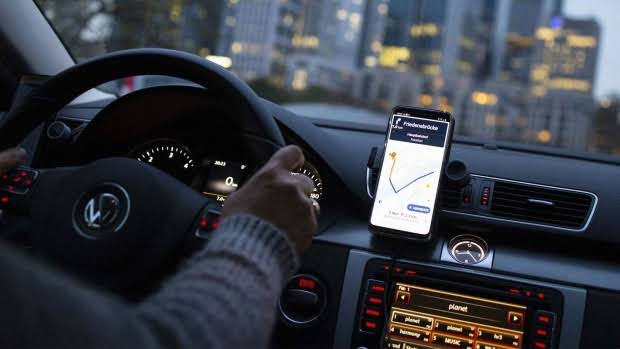Americans are abandoning airports in favor of highways this Labor Day weekend, with new research revealing a dramatic shift toward driving as the preferred travel method for the traditional end-of-summer holiday.
A comprehensive survey of 1,000 U.S. adults shows that nearly two-thirds plan to drive to their destinations, while only 13% intend to fly. This represents a significant departure from typical holiday travel patterns and reflects growing concerns about both aviation safety and rising costs.
Economic pressures are reshaping holiday plans across the country, with 65% of Americans budgeting just $500 or less for their entire Labor Day celebration including travel, food, and activities. Rising inflation has forced 18% of travelers to shorten trips or reduce planned activities, while another 19% are switching from air to ground transportation to control expenses.
The shift toward driving becomes more pronounced when examining generational differences. One in five Gen Z and millennial travelers are specifically avoiding air travel due to safety concerns, influenced by recent high-profile aviation incidents and operational disruptions that have dominated headlines.
These younger travelers cite recent events including airline IT outages and flight accidents as factors in their decision to stay grounded. The concerns appear to be driving broader changes in how families approach holiday travel, with 35% planning to travel together by car rather than risk potential flight disruptions.
Transportation data supports travelers’ aviation anxiety, revealing that Friday before Labor Day ranks as the worst day for flight delays. Only 76% of flights arrive on time that day, compared to 86% on-time rates for Sunday and Tuesday flights during the holiday period.
The economic reality facing many Americans extends beyond travel choices to fundamental holiday participation. More than one in six workers plan to work through the Labor Day weekend specifically to earn additional income, while another 17% of full-time employees admit they plan to call in sick to extend their time off without losing pay.
Budget-conscious celebrations are becoming the norm, with 32% of Americans opting for local activities or staycations instead of traditional travel. Home cooking and backyard gatherings are replacing restaurant meals, while families increasingly choose free public events over paid entertainment options.
Despite financial constraints, 85% of Americans still consider outdoor activities essential to their Labor Day plans. Swimming remains the most popular activity, with 37% planning waterfront visits, while 17% will focus on outdoor time with children and 16% are planning camping trips.
The research indicates that traditional Labor Day spending patterns may be permanently altered, with families adapting celebration methods to match current economic realities. The emphasis has shifted from expensive destinations toward affordable local experiences that maintain the holiday’s social and recreational spirit.
Weather concerns add another layer of complexity to holiday planning, with 20% of Americans reporting that bad weather has previously ruined their Labor Day weekends. This factor contributes to the growing preference for flexible, local celebrations that can be easily modified if conditions deteriorate.
Source: newsghana.com.gh










